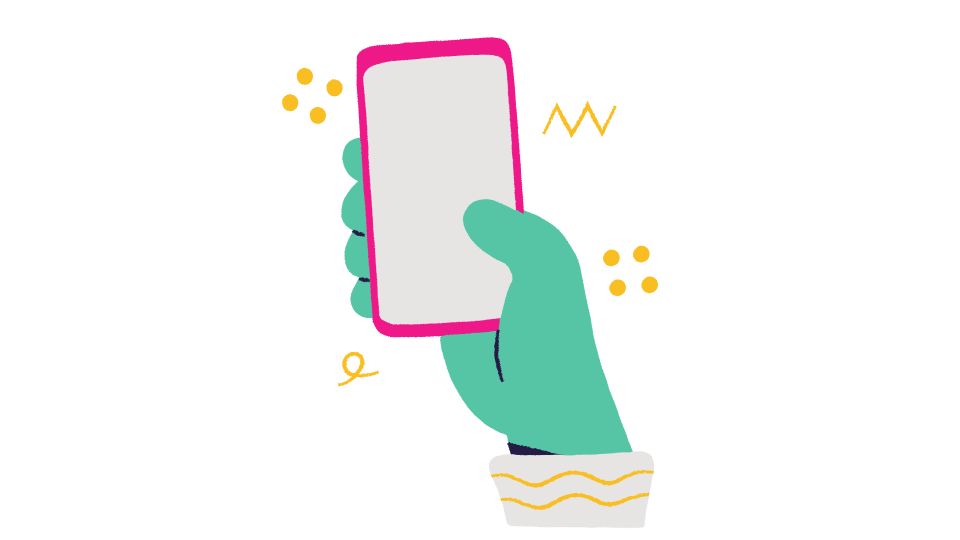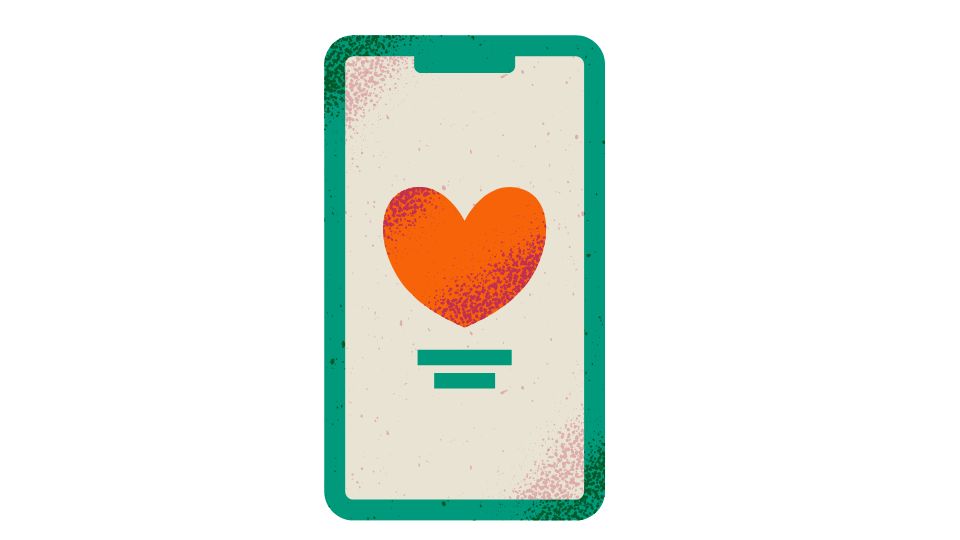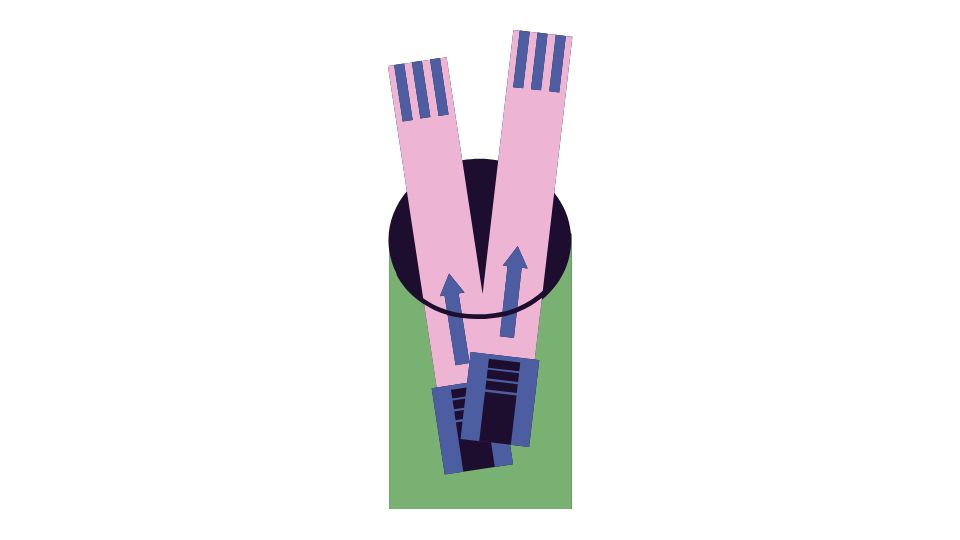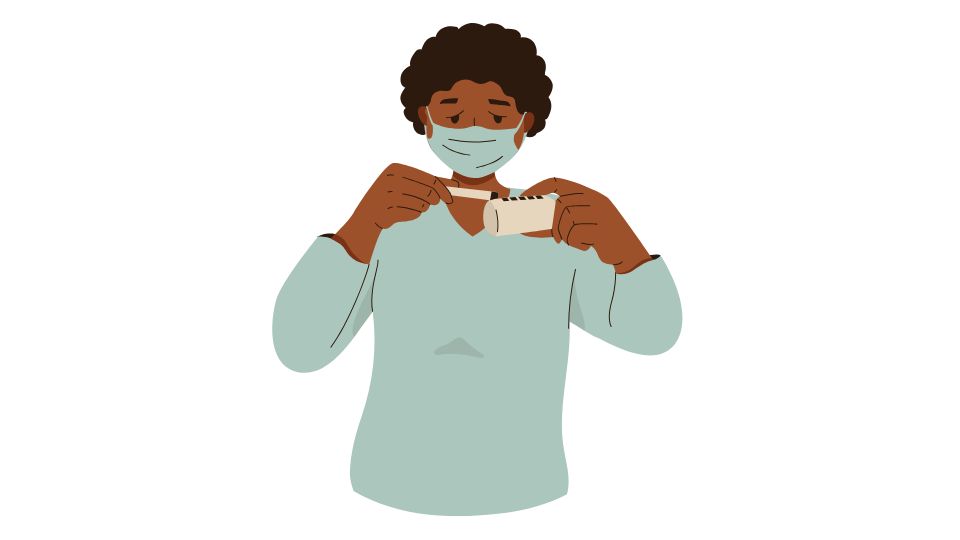Let’s be honest – living with diabetes is like having a second job. But tracking your meals might be the most important part of that job.
Whether you’re rocking Type 1 or Type 2, logging what you eat helps you understand how food affects your blood sugar. And unlike that weird diet your aunt keeps pushing on Facebook, meal tracking actually works.

Why tracking your meals is a diabetes game-changer
Food and blood sugar are best friends (or worst enemies, depending on what you eat). For people with diabetes, understanding this relationship is essential.
When you track your meals, you start to see:
- How that “healthy” smoothie actually spikes your glucose
- Why your insulin dose works perfectly some days and not others
- That you’re actually eating way more carbs than you thought (surprise!)
And get this: research shows that using digital food tracking apps leads to better outcomes than old-school pen and paper logs. Probably because we all carry our phones everywhere but nobody wants to be the weirdo pulling out a food journal at dinner.
What to look for in a diabetes meal tracking app

Not all apps are created equal. The best ones combine:
- Detailed nutritional breakdowns (carbs, calories, protein, etc.)
- Integration with glucose monitors so you can see how meals affect your numbers
- Insulin dose tracking to spot patterns
- Barcode scanning because ain’t nobody got time to search for every food
- Data visualization that actually makes sense
- AI food recognition for when you’re too lazy to log (we’ve all been there)
The best diabetes meal tracking apps in 2025

Here’s what’s working for people right now:
Diabetes:M combines glucose tracking, meal logging, and insulin calculations. It has a barcode scanner and syncs with fitness devices. Free with paid upgrades on iOS/Android.
SNAQ uses AI to estimate carbs from food photos and integrates with CGMs to show how meals affect your glucose. $4-8/month on iOS/Android.
Undermyfork pairs meal photos with CGM data to show how specific meals impact your glucose over time. It’s clinically validated and free on iOS/Android.
mySugr offers a friendly interface for tracking carbs, insulin, and activity. It syncs with various devices and has optional coaching. Basic version is free with pro subscription available.
Glooko supports multiple devices including insulin pens/pumps and shows trends in how your body responds to different foods. It’s recommended by healthcare providers for its comprehensive approach.
How tracking improves your blood sugar control
By consistently logging meals and tracking glucose, you start to see patterns that can transform your diabetes management:
“Hmm, every time I eat pasta my blood sugar goes through the roof even with extra insulin.”
“Wow, adding a 10-minute walk after breakfast keeps me in range all morning!”
These insights help improve your time-in-range (TIR) — the percentage of time your blood glucose stays within target levels. And research shows that higher TIR correlates with fewer diabetes complications.
Finding the right meal plan for your body
Beyond tracking, following diabetes-specific dietary recommendations tailored to YOU makes a huge difference.
What works for one person might be a disaster for another. Some people thrive on low-carb, while others need more balanced macros to feel their best.
The point is: tracking helps you discover YOUR ideal approach, not what some random influencer is selling.
How to actually stick with meal tracking

Let’s be real – if tracking is too complicated, you won’t do it. Here are some tips:
- Log right after eating before you forget
- Use apps that sync with your glucose monitor for the full picture
- Take 5 minutes each week to review your data for patterns
- Share reports with your healthcare team so they can help adjust your plan
- Choose an app that matches your tech comfort level (no point having fancy features you never use)
- Start small – maybe just track lunch for a week before going all-in
The bottom line

Meal tracking isn’t just about counting carbs – it’s about understanding your unique body and how it responds to different foods.
Whether you’re newly diagnosed or a diabetes veteran, modern tracking tools make it easier than ever to gain this knowledge. And studies consistently show that people who track their food have better glucose control.
So pick an app that feels right for you, give it a solid two-week try, and watch as the patterns emerge. Your future self (and your endocrinologist) will thank you.
After all, what you don’t measure, you can’t improve. And with diabetes, improvement means more energy, fewer complications, and a better quality of life.
Worth a few minutes of logging, don’t you think?




Leave a Reply